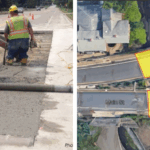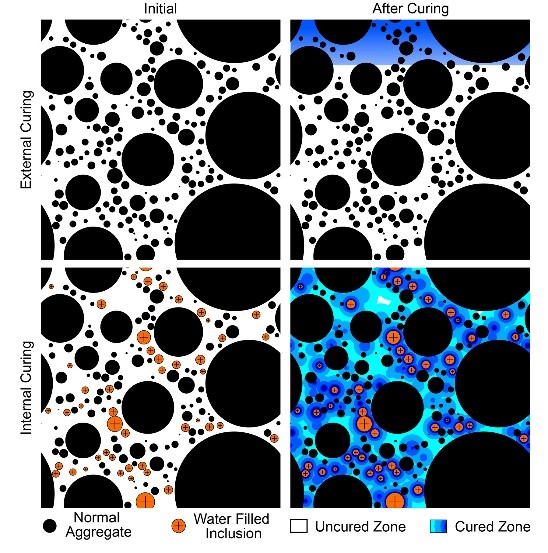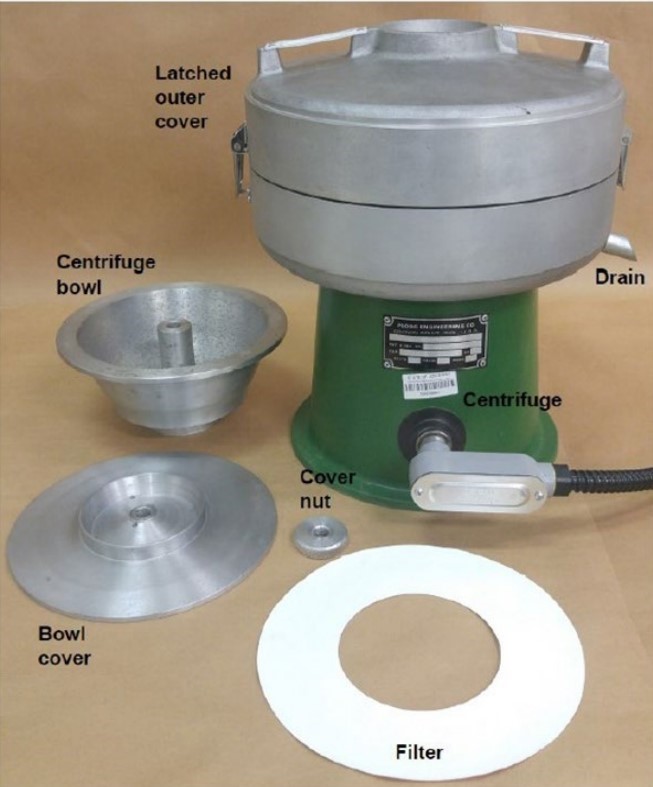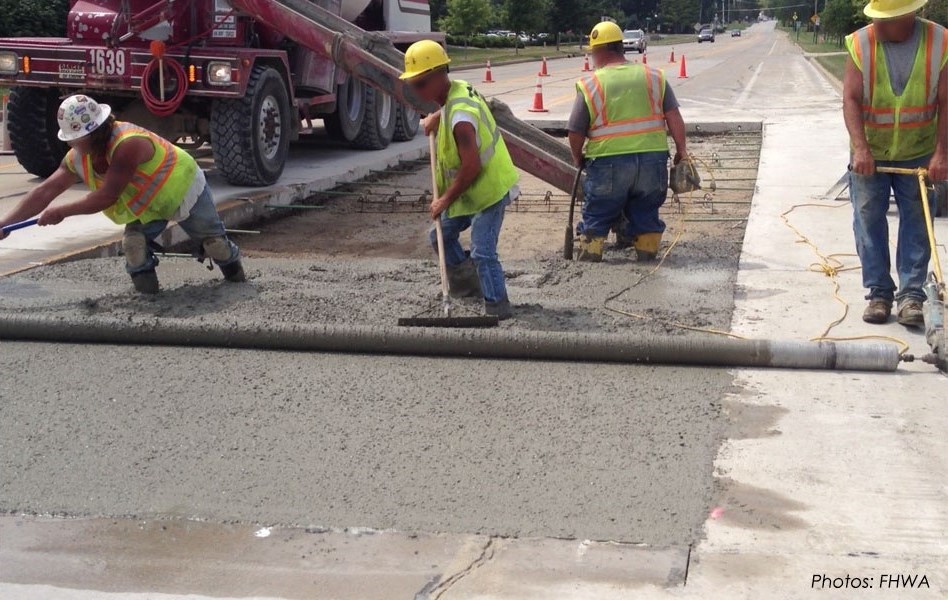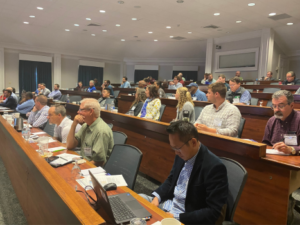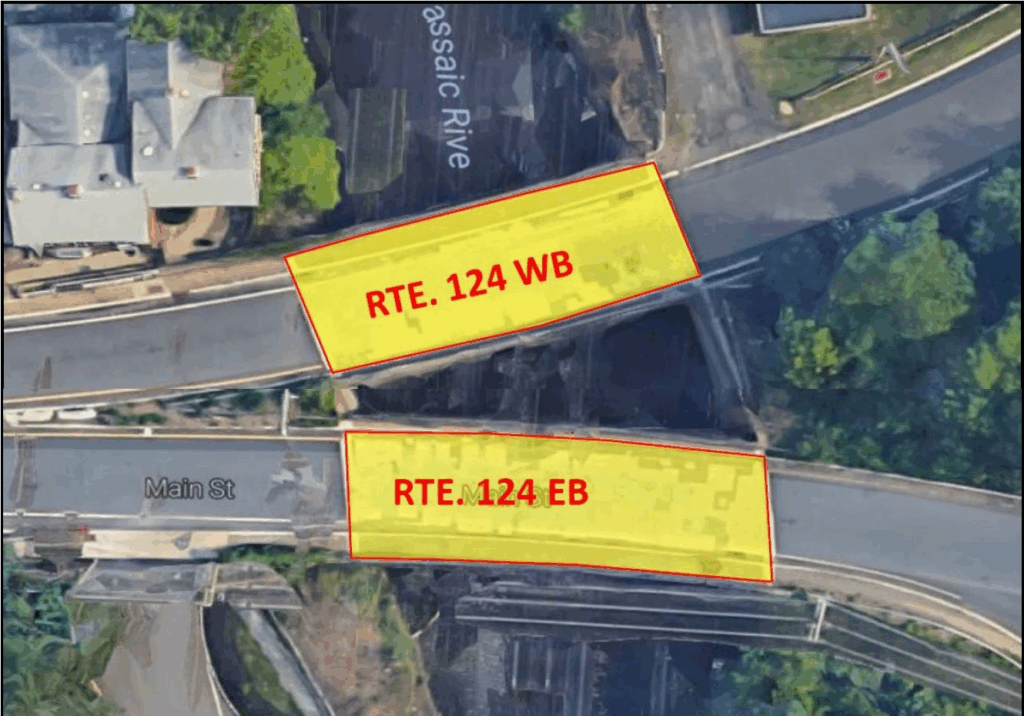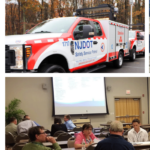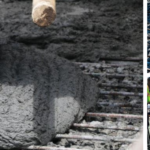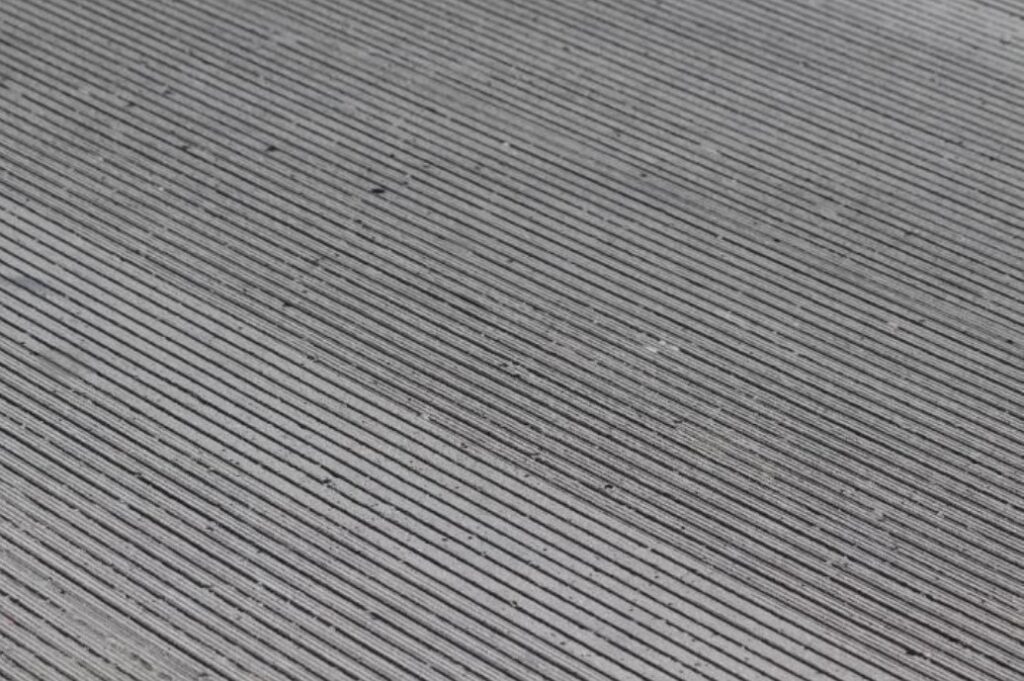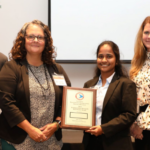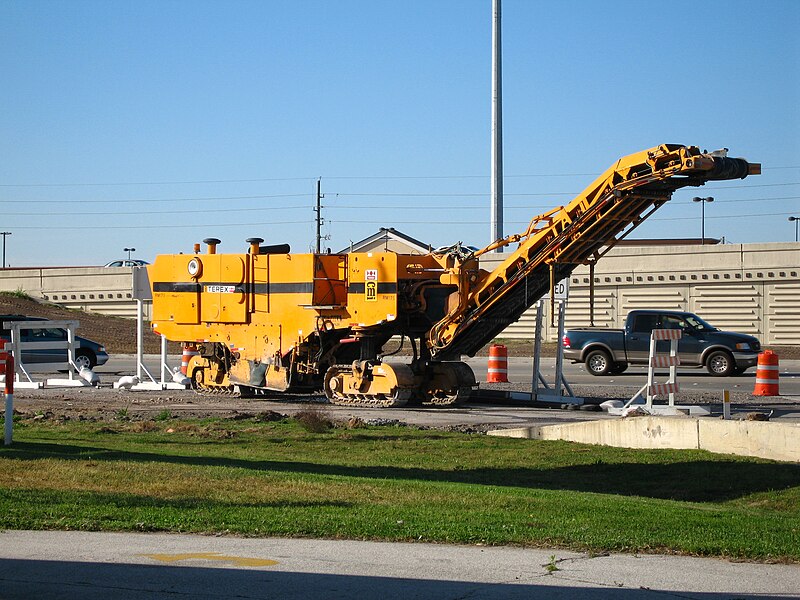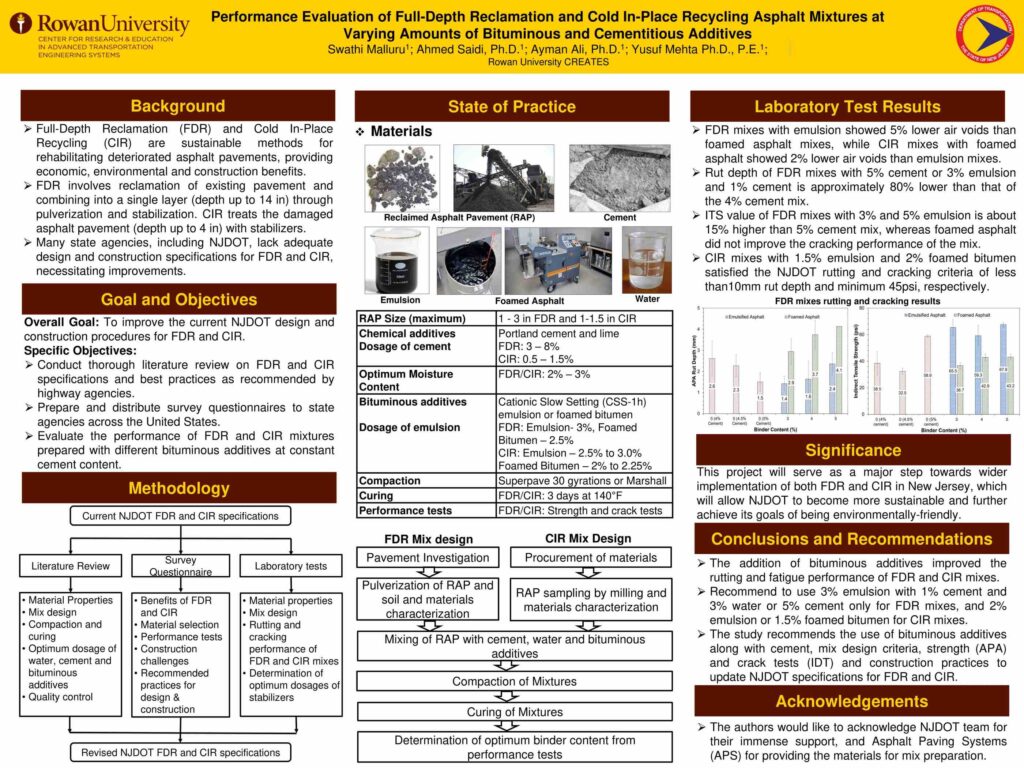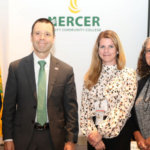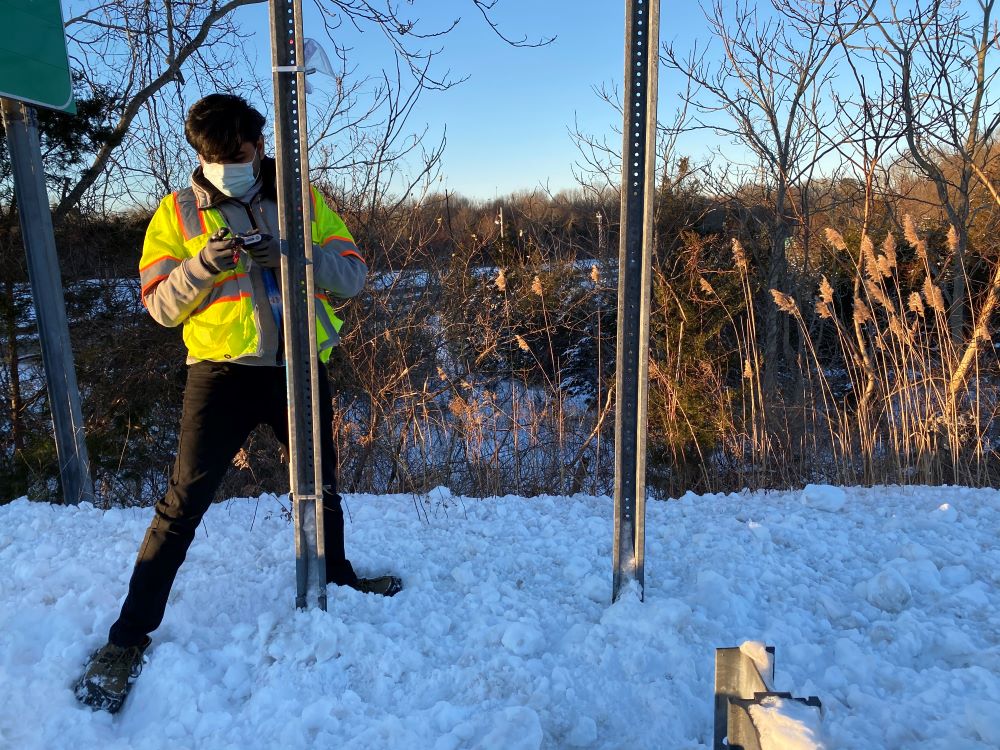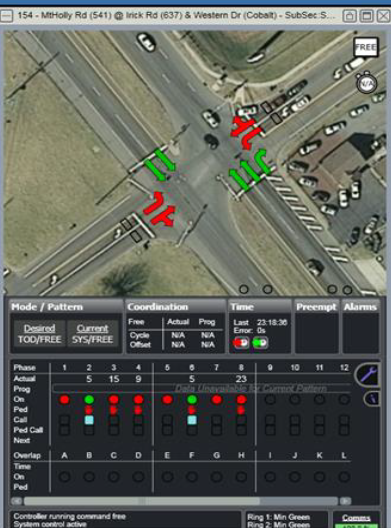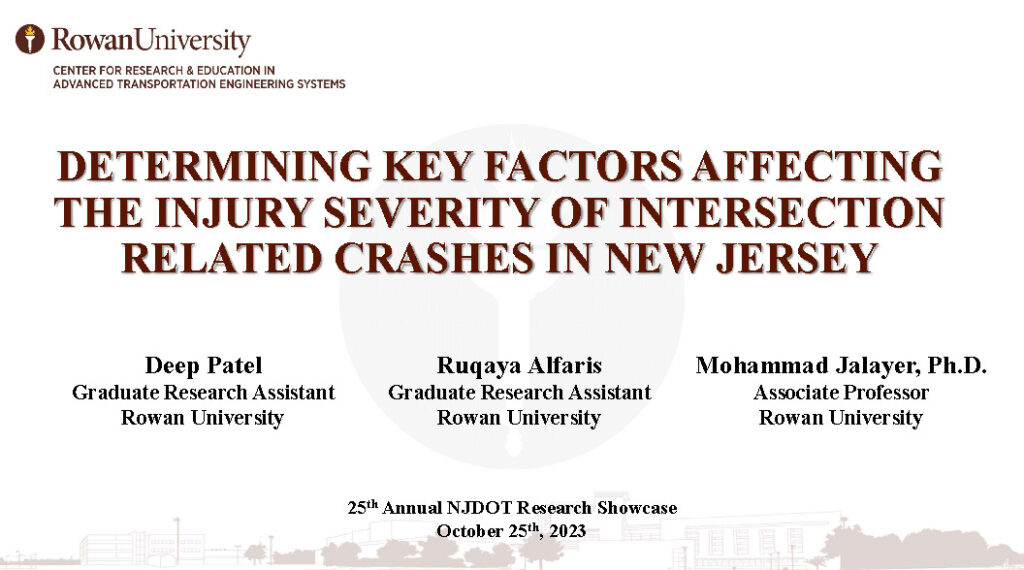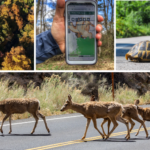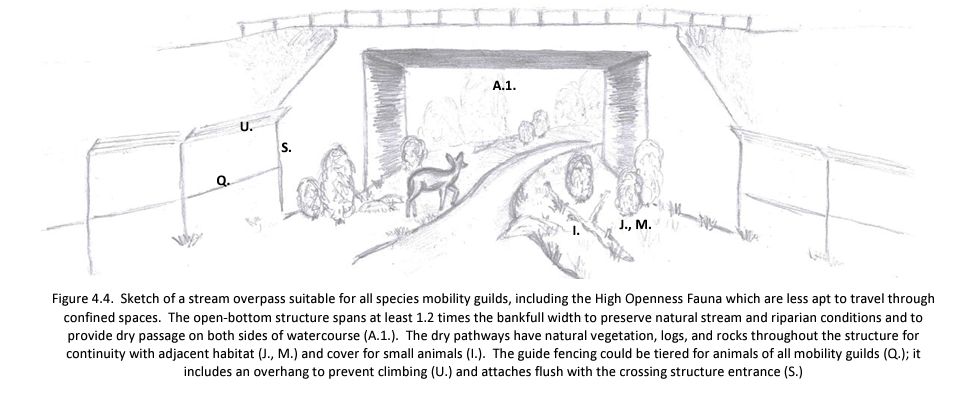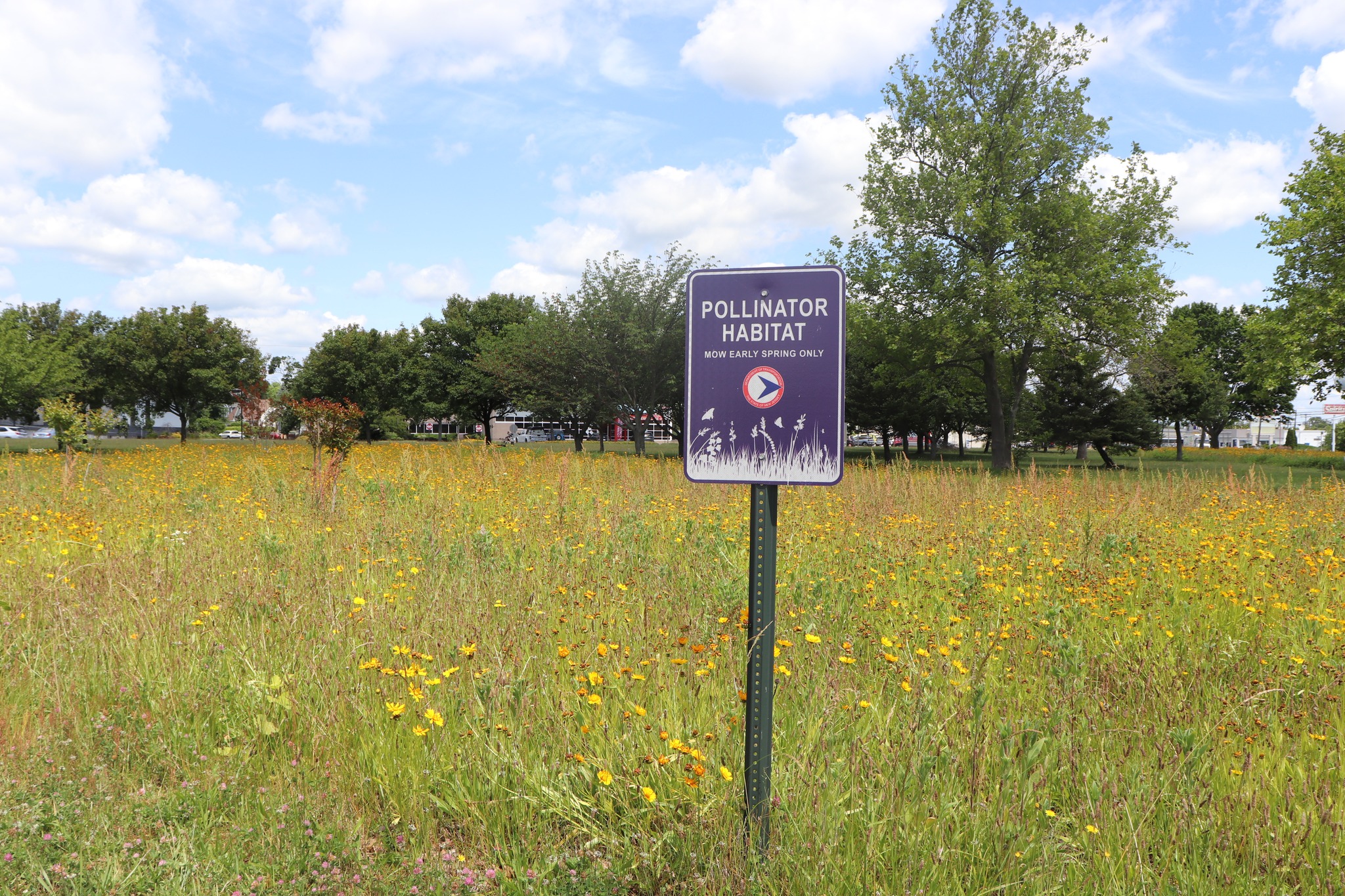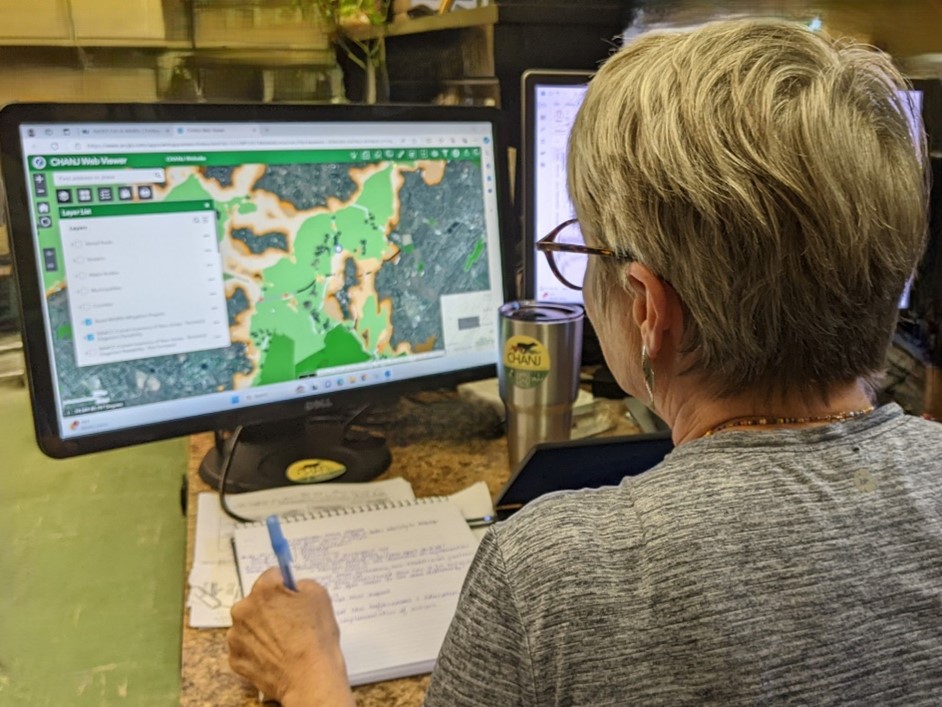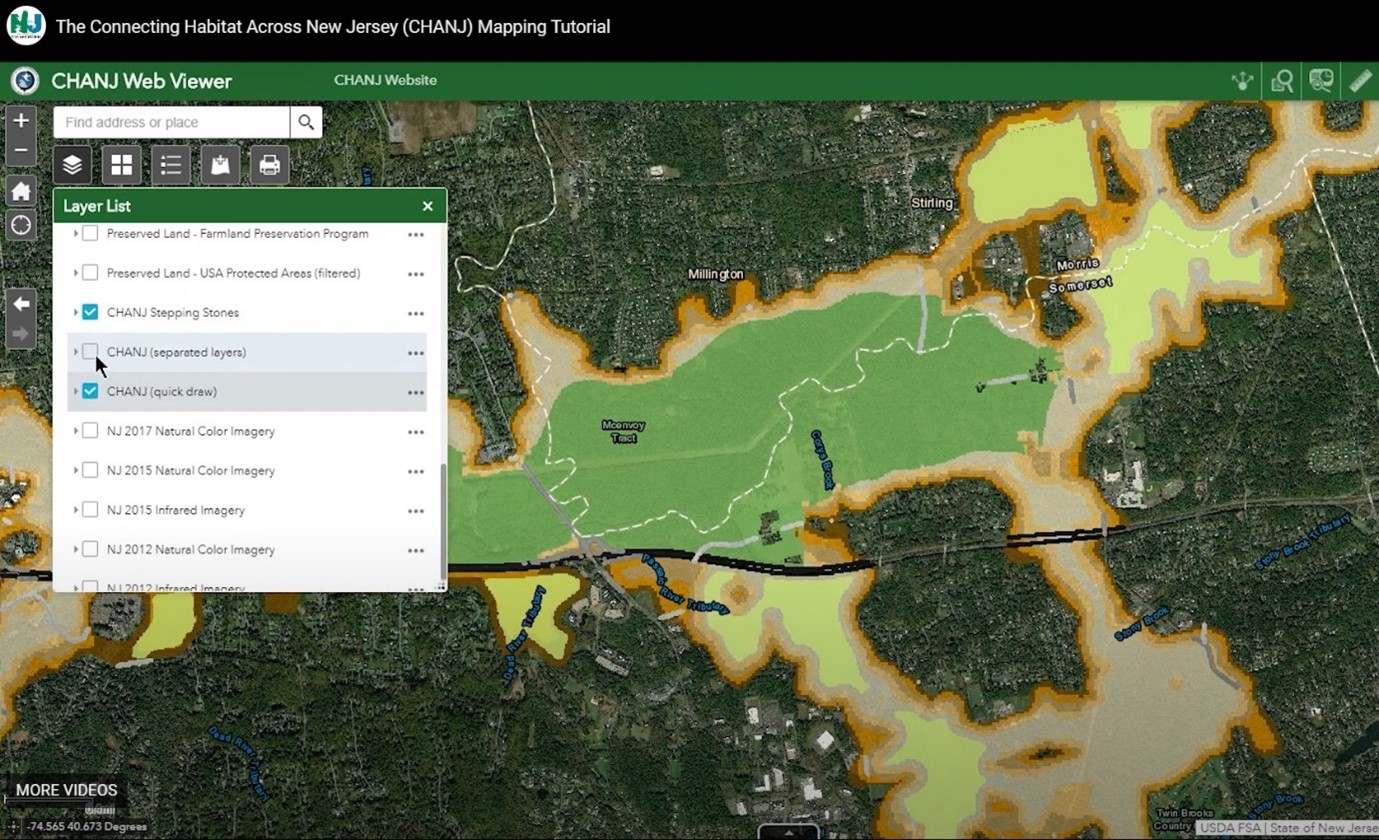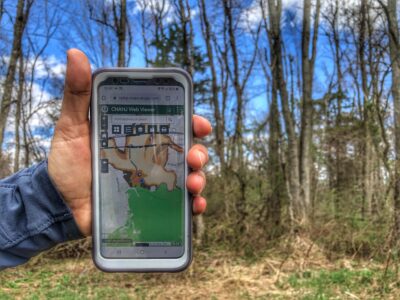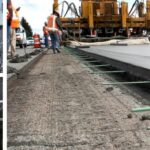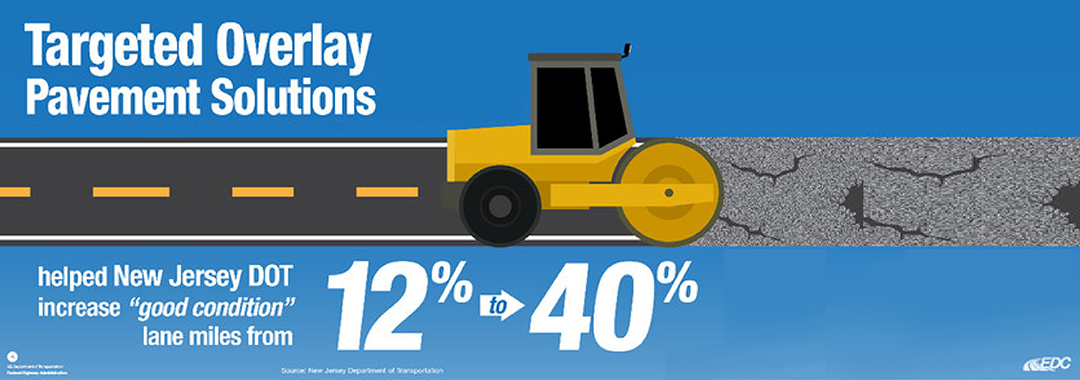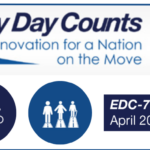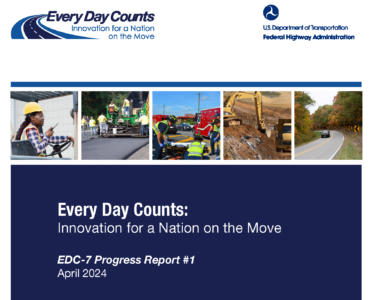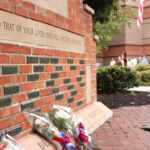In early 2024, we spoke with Jess Mendenhall and Samer Rabie from the New Jersey Department of Transportation (NJDOT) about the Enhancing Performance with Internally Cured Concrete (EPIC2) initiative, part of the Every Day Counts (EDC-7) program. They explained the benefits of internal curing, its methods, and its potential for New Jersey. At that time, NJDOT had identified eight bridges as candidates for a pilot project using internally cured High Performance Concrete (HPC) bridge decks, but had not yet secured approval or funding.
That changed in October 2024 when NJDOT initiated its first pilot project—an internally cured HPC bridge deck on the North Munn Avenue bridge over Route 280 in East Orange. This milestone marks a significant step in advancing the department’s efforts.
Additionally, NJDOT secured a $125,000 STIC Incentive Program grant to support further implementation. The funding will cover the purchase of testing equipment and construction materials, staff training on the new equipment, and third-party lab assistance for concrete sampling and testing during construction. To build on this momentum, NJDOT plans to continue collaborating with concrete suppliers, acquire additional testing equipment, and update High-Performance Internal Curing (HPIC) specifications.
With these developments underway, we’re reconnecting with NJDOT for an update on the department’s ongoing EPIC2 projects and its future plans.
Q. Can you provide a brief description of the EPIC2 Initiative, and how internally curing concrete can benefit construction projects?
A. The EPIC2 initiative, part of the Federal Highway Administration’s (FHWA) EDC-7 innovations, focuses on Internally Cured Concrete (ICC), a proven yet underutilized technique that significantly enhances concrete durability by addressing shrinkage cracking, especially in mixes with a low water-to-cement ratio. Internal curing involves providing water from within the concrete itself, utilizing pre-wetted lightweight fine aggregates (LWFA) to supply moisture during the curing process. This approach is particularly beneficial for low permeability concrete mixes, where traditional external curing methods are less effective.
ICC offers numerous advantages for construction projects. It reduces the likelihood of shrinkage cracking, both autogenous and plastic, thereby decreasing the need for rehabilitation. Furthermore, it enhances the hydration of cement and the reaction of supplementary cementitious materials (SCMs), resulting in reduced porosity and improved durability. This method also allows for the incorporation of natural and recycled SCMs without compromising performance.
Our Bureau of Research, Innovation, and Information Transfer (BRIIT) is actively investigating internal curing in collaboration with Rutgers University, ensuring that we remain at the forefront of this innovation.
Q. At the December 2024 NJ STIC meeting, the Infrastructure Preservation CIA team mentioned that NJDOT has secured a $125,000 STIC Incentive Program grant for the EPIC2 initiative. How will the grant help NJDOT advance its goals for internally cured concrete?
A. The grant will enable the acquisition of centrifuge apparatuses and auxiliary equipment for the Bureau of Materials and the three construction regions. This equipment will allow NJDOT inspectors to conduct more accurate tests for determining moisture content in pre-wetted lightweight aggregations than our currently used paper towel method, which is crucial for producing high-quality ICC. The grant will also facilitate the training of NJDOT personnel to effectively use the centrifuge apparatus. During the transition period, NJDOT will conduct testing using both the centrifuge and paper towel method, ensuring a smooth adoption as inspectors become proficient with the new equipment.
Additionally, the grant will support the development of specifications, create training opportunities, and enable the preparation of lessons-learned reports during the assessment phase. These efforts will contribute to refining our processes and enhancing the overall quality of our specifications and implementation plan.
Q. Can you go into more detail describing the centrifuge apparatus and how it will provide more accurate measures for determining moisture content?
A. The current test we use, implemented and standardized by the New York State Department of Transportation (NYSDOT), is called the paper towel method ASTM C1761. In this method we take a representative sample of the pre-wetted aggregate, take the initial weight, and lay it out in a pan to extract the surface moisture using industrial-grade paper towels until the paper towels come out dry. Then we take the weight again to determine the surface moisture. Lastly, we oven dry the sample and weigh it again to find the absorbed moisture.
The centrifuge can determine the moisture of an aggregate in a single device by spinning the sample until all the moisture is extracted. Research studies comparing the paper towel method and the centrifuge have found that the centrifuge produces more accurate results with a lower margin of error at a significantly faster rate.
Q. Can you describe the pilot project for an internally cured High Performance Concrete (HPC) bridge deck at North Munn Avenue over Route 280 in East Orange? What steps will be involved in completing the project?
A. Our first pilot project, the superstructure replacement in East Orange, is underway with construction starting in March 2025 and we have several more projects in the pipeline. To ensure a cohesive approach, we started the pilot by organizing a coordination meeting involving the Bridge, Construction, Materials, and Project Management divisions. This meeting served to introduce the concept of internal curing and outline our implementation strategy. Concurrently, we engaged with concrete plants near the project sites and LWFA material suppliers to ensure their readiness. We then circulated draft specifications for internal review, and obtained feedback from NYSDOT, the individual project designers, and the FHWA Resource Center’s EPIC2 team.
A key component of introducing ICC into a pilot project involves incorporating project-specific special provisions. Our pilots use a performance specification similar to our current HPC specification, where the contractor submits a mix design and performs the necessary off-site laboratory testing, such as for compressive strength and durability properties. The contractor is permitted to develop a new ICC mix or convert an existing mix using ASTM C1761 procedures. If the mix meets the specification limitations and verification testing requirements, it will be accepted by NJDOT. The verification and acceptance testing align closely with current HPC specifications, with some exceptions to accommodate the unique aspects of internal curing.
Q. Will the pilot project require specialized training for NJDOT staff or contractors?
A. The production process for High Performance Internally Cured Concrete (HPIC) closely resembles that of conventional High Performance Concrete (HPC), with the key difference being the inclusion of LWFA. This aggregate requires pre-soaking and precise moisture adjustments to achieve optimal performance. Despite these modifications, HPIC mixtures maintain similar concrete properties and offer constructability comparable to HPC.
For our pilot projects, conducting a trial batch and test slab is crucial. This phase allows the concrete supplier and contractor to become familiar with the handling of LWFA, as well as the batching and placement of the HPIC mix. The trial batch and test slab are meticulously designed to replicate the conditions and processes of actual slab production.
Most of the work involved in producing HPIC happens at the batch plant, where the adjustments for LWFA take place. As a result, contractors and inspectors casting the deck are unlikely to notice substantial differences from standard HPC procedures.
Q. What key factors are considered when identifying candidate bridges for future projects?
A. We carefully evaluate active Capital Program Management projects to identify suitable candidates. Our selection criteria focus on projects with a limited scope in the Concept Development or Final Design phase, specifically targeting deck and superstructure replacements. We prioritize projects where Final Design Submissions have not yet been prepared and where timelines allow for integrating special provisions. Projects with cast-in-place or conventional decks are considered, while pre-cast decks are excluded to reduce design and constructability risks. We aim to select non-complex or major structures, targeting the implementation of HPIC on 10–15 bridge decks before institutionalization.
Q. In what ways do you think the pilot projects and new STIC funding could affect NJDOT policy going forward?
A. Our goal is to address the cracking we routinely observe in new HPC bridge decks by refining the HPC mix design in our standard specification to include internally cured provisions. If the pilot project is successful, we will collaborate with the Bureau of Materials to determine the next steps for advancing HPIC specifications for NJDOT projects. Ultimately, we aim to enhance the durability of bridge decks and other concrete components in New Jersey by incorporating new HPIC specifications.
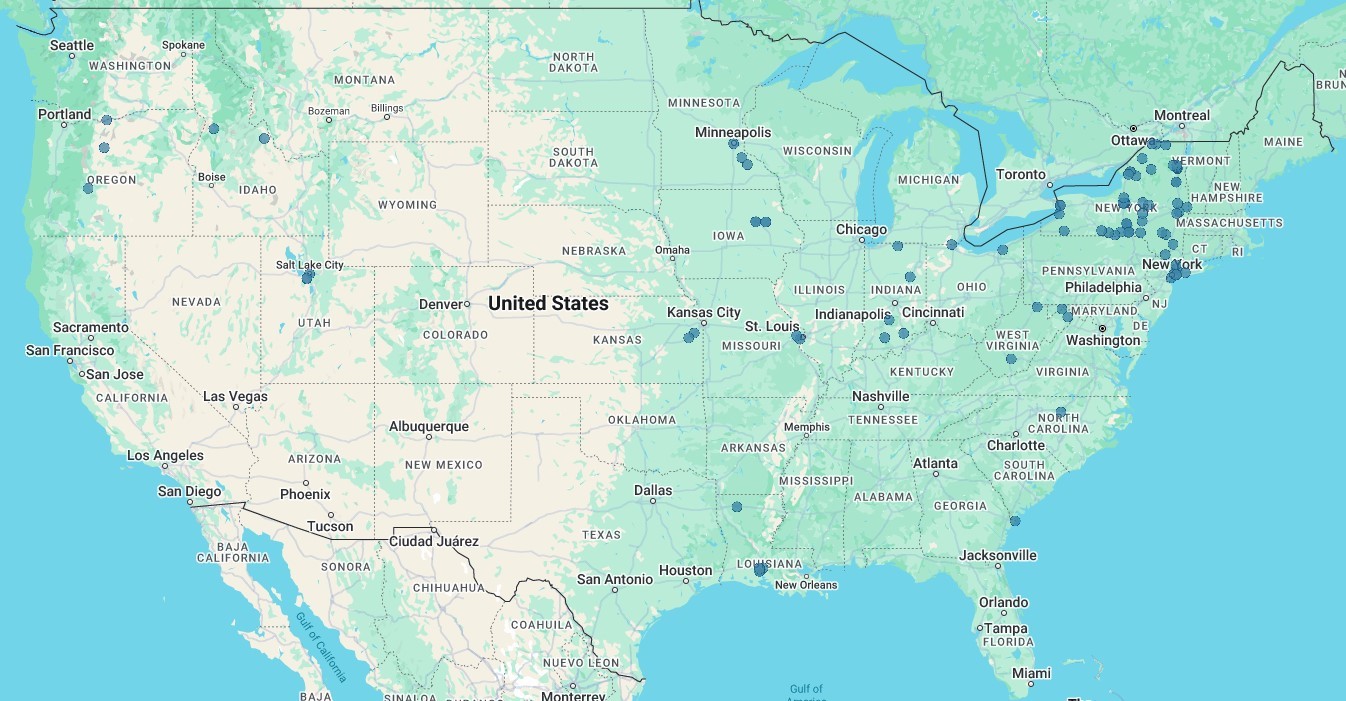
Q. What do you think are the principal barriers, if any, to the adoption of internally cured concrete on bridge projects as the new standard?
A. Lack of Awareness and Education: Many engineers and decision-makers may not fully understand the benefits and techniques of ICC. This knowledge gap, coupled with concerns about potential impacts on construction schedules and quality, can lead to hesitation in adopting new methods.
Initial Cost Concerns: While ICC can lower long-term costs by improving durability and reducing maintenance, the higher upfront expenses, such as LWFA and the need for additional storage bins at batch plants—may discourage early adoption.
Technical Challenges: Precise moisture control and mix design adjustments can be technically challenging and require specialized training, which could pose a barrier for some organizations transitioning to ICC.
Supply Chain Limitations: The availability of materials like LWFA and the need for pre-soaking facilities may be limited, especially in certain regions.
Economies of Scale and Standardization: As seen with NJDOT’s HPC implementation in the early 2000s, achieving consistent production of specialty concretes is critical for efficiency. If pilot projects succeed, NJDOT plans to standardize ICC mixes for all bridge decks, which will require larger production quantities. This increased demand could drive greater industry investment in materials and production infrastructure, further supporting widespread adoption.
Q. What are the current approaches you are using to address the lack of awareness of the benefits and techniques of ICC?
A. We have engaged in extensive internal discussions with construction material staff, project management, and decision-makers to familiarize them with ICC and FHWA recommendations. We have also coordinated with concrete suppliers through the Utility and Transportation Contactors Association to gauge project feasibility. Additionally, in collaboration with Rutgers, we distributed questionnaires to multiple concrete plants, our consultants, and designers to gather insights and address concerns. Our primary approach has been open communication with all key stakeholders to ensure a well-informed transition to ICC.
Q. What are the current economic benefits of ICC given the barriers you described previously, and how do you expect this to change in the future?
A. Currently, with data from only one project, ICC carries higher initial costs due to factors like contractor-perceived risk and limited material availability. However, we are seeing substantial fine hairline cracking in conventional HPC decks, raising concerns about long-term durability. Addressing these cracks with sealers adds significant costs, and without frequent upkeep, leads to deterioration overtime. While HPC may have lower upfront costs, ICC has the potential to last much longer and require less maintenance, ultimately reducing lifecycle expenses.
Our implementation plan includes using ICC on at least 10 to 15 bridge decks, signaling to batch plants that we are serious about ICC. Once suppliers recognize this increased demand, they can expand production, improving efficiency and cost-effectiveness. This mirrors what happened when HPC was introduced around 25 years ago—initial costs were higher, but as adoption grew, economies of scale helped bring costs down. We anticipate a similar trend with ICC as it becomes more widely implemented.
Q. Are there any other recent developments or lessons related to EPIC2 that you would like to highlight?
A. As we are still in the early stages of implementing the EPIC2 initiative, we eagerly anticipate the upcoming deck castings, which will undoubtedly provide valuable lessons and insights. One particularly noteworthy upcoming project involves a pair of twin bridges, where we will use traditional HPC for one bridge deck as a control and HPIC for the other. After the deck placement, both bridges will undergo thorough surveys to assess early-age shrinkage, allowing us to directly compare performance and further refine our approach.
Resources
Extend Service Life of Concrete Bridge Decks with Internal Curing. 2023. https://rip.trb.org/View/2292366
Federal Highway Administration. 2023 Internally Curing Concrete Produces EPIC2 Results. https://www.fhwa.dot.gov/innovation/innovator/issue98/page_01.html
Federal Highway Administration. 2023. Enhancing Performance with Internally Cured Concrete. https://www.fhwa.dot.gov/innovation/everydaycounts/edc_7/docs/EDC-7FactsheetEPIC2.pdf
Federal Highway Administration. (2018, June). Concrete Clips: Internal Curing. https://www.youtube.com/watch?v=b6WREFmacaM
New York State DOT Standard Specifications (2021). Standard Specifications. New York State DOT. https://www.dot.ny.gov/main/business-center/engineering/specifications/busi-e-standards-usc/usc-repository/2021_9_specs_usc_vol2.pdf
National Concrete Pavement Technology Center Internal Curing Resources. (2022). Internal Curing. Iowa State University. https://cptechcenter.org/internal-curing/
Internal Curing. (2020). Oregon State University. https://engineering.oregonstate.edu/CCE/research/asphalt-materials-performance-lab/materials-research-concrete-materials/Internal-Curing
Pacheco, Jose. (2021, October). USDOT Workshop Report, Bureau of Transportation Statistics. Wisconsin Department of Transportation. https://rosap.ntl.bts.gov/view/dot/62607
Q&A: What’s EPIC2 about Internally Cured Concrete? (2024) https://www.njdottechtransfer.net/2024/02/07/internally-cured-concrete-qa-2/
Wang, Xuhao. (2019). Extended Life Concrete Bridge Decks Utilizing Internal Curing to Reduce Cracking. Ohio Department of Transportation. https://rosap.ntl.bts.gov/view/dot/62339
Weiss, Joseph. (2015, July). Internal Curing Technical Brief. Federal Highway Administration. https://www.fhwa.dot.gov/pavement/concrete/pubs/hif16006.pdf

